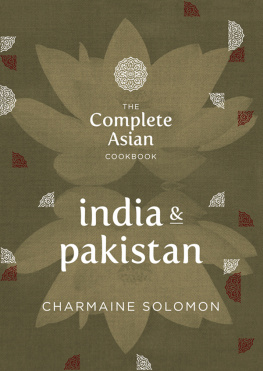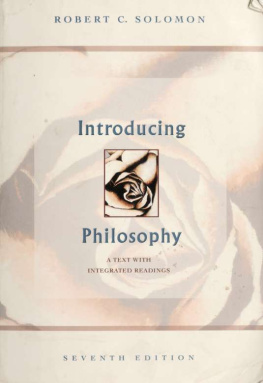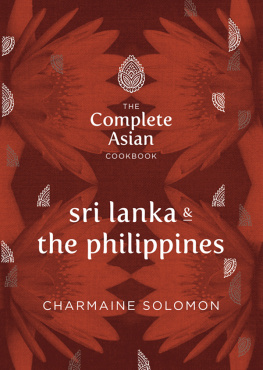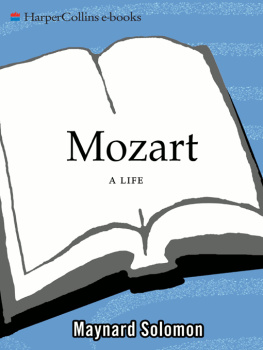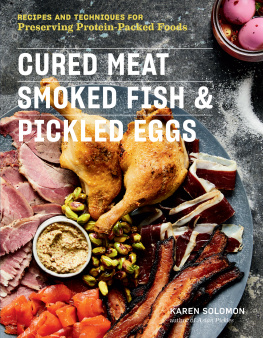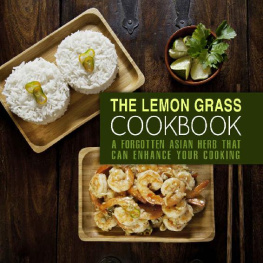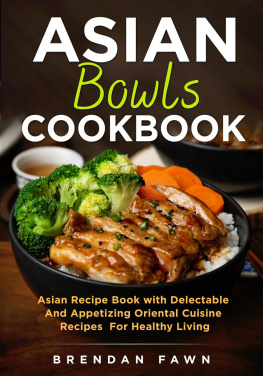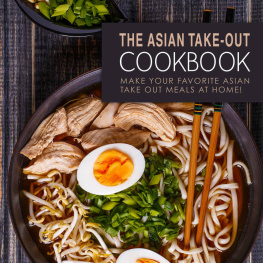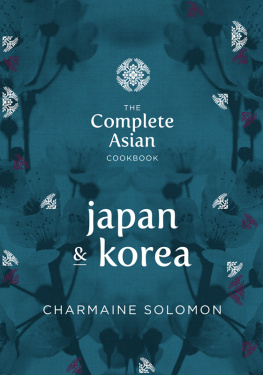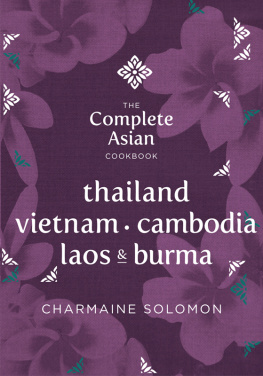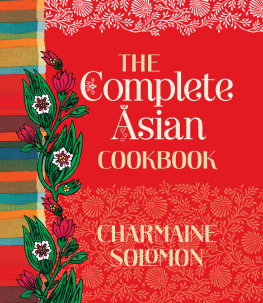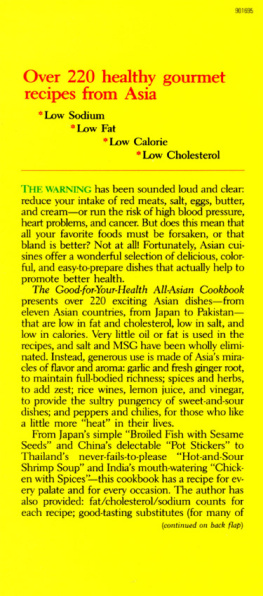To Reuben, who married me before I learned to cook.

Completely revised and updated in 2011
First published in 1976
This edition published in 2013 by Hardie Grant Books
| Hardie Grant Books (Australia) | Hardie Grant Books (UK) |
| Ground Floor, Building 1 | Dudley House, North Suite |
| 658 Church Street | 3435 Southampton Street |
| Richmond, Victoria 3121 | London WC2E 7HF |
| www.hardiegrant.com.au | www.hardiegrant.co.uk |
All rights reserved. No part of this publication may be reproduced, stored in a retrieval system or transmitted in any form by any means, electronic, mechanical, photocopying, recording or otherwise, without the prior written permission of the publishers and copyright holders.
The moral rights of the author have been asserted.
Copyright text and design Hardie Grant Books
Copyright photography Alan Benson
A Cataloguing-in-Publication entry is available from the catalogue of the National Library of Australia at www.nla.gov.au
The Complete Asian Cookbook: India and Pakistan
eISBN 9781743581711
Publishing Director: Paul McNally
Project Editor: Helen Withycombe
Editor: Ariana Klepac
Design Manager: Heather Menzies
Design Concept: Murray Batten
Photographer: Alan Benson
Stylist: Vanessa Austin
Production: Todd Rechner
Find this book on Cooked.
Contents

Just as France has its robust country fare as well as its subtle haute cuisine, so too does Asia have a range of culinary delights that can be simple, complex, fiery, mild, tantalising and compulsive! Not all Asian food is exotic or wildly unusual. Noodle and rice dishes are as commonplace as the pastas and potatoes of the West. Many of the ingredients will be familiar to anyone who knows their way around a kitchen. The main differences have arisen just as they have arisen in other parts of the world through the use of available ingredients. Thus there is a reliance on some herbs and spices less well known in the West. Meat is often replaced by the nutritious by-products of the soy bean and by protein-rich fish sauces and shrimp pastes.
True, some of the more unusual ingredients take a little getting used to. But once you have overcome what resistance you may have towards the idea of raw fish or dried shrimp paste or seaweed, youll find that these (and other) ingredients are no less delicious than and certainly as exciting as those you use in your favourite dishes.
The introduction to this book will give you a good idea of what to expect in the way of out-of-the-ordinary ingredients. Almost without exception, those called for are readily available in most large supermarkets or Asian grocery stores; in the rare case they are not, suitable substitutes have been given.
Those of you already familiar with Indian and Pakistani cuisines will, I hope, find recipes to interest and excite you in these pages; and I think you will be tempted to explore cuisines with which you are less well acquainted. For those of you who are coming to South Asian cooking for the first time, I have taken care to make sure the essential steps are clear and precise, with detailed instructions on the following pages for cooking the much-used ingredients (such as rice, coconut and chilli), and pointers on how to joint a chicken and portion fish.
For most recipes, the names have been given in Hindi, followed by the English name in italics. Dont be surprised to see the word mutton it was adopted by the Indians from the British in the same way that the latter adopted topee and pukka and many other Indian words.
Eating for health
Most Asian food is healthy. Many spices and ingredients such as turmeric, garlic and ginger have proven health-giving properties. However, with todays emphasis on weight control I have made modifications in the quantity and type of fat used for cooking. I have found it is possible to get very good results using almost half the amount of fat called for in many traditional dishes.
Ghee, or clarified butter, is the main cooking medium in North India. It keeps without refrigeration because it is pure butterfat with all the milk solids removed. It is essential both for flavour and for its ability to reach high temperatures without burning. I use it for flavour, but substitute light oils for a proportion of the ghee. In some recipes it is not possible to use substitutes without spoiling the end product for instance, in Indian sweetmeats or biscuits (cookies) such as nan khatai. Dont substitute margarine or vegetable shortening in these recipes, for you will not get the desired results.
All of these recipes are adaptable to low-fat diets with very little sacrifice of flavour, since most of the exotic tastes come from herbs, spices and sauces.
Deep-frying
To check the temperature for deep-frying, use a kitchen thermometer if you have one on average, 180C (350F) is the correct temperature. To test without a thermometer, a cube of bread dropped into the oil will brown in 15 seconds at 180C (350F), and in 10 seconds if the temperature is 190C (375F).
The higher temperature may be suitable to use for foods that dont have great thickness, such as pappadams, but if something needs to cook through, such as chicken pieces, use a lower temperature of around 160C (320F) in this case a cube of bread will take nearly 30 seconds to brown. If the temperature is not hot enough, the food will absorb oil and become greasy. If you overheat the oil it could catch fire.
Use refined peanut oil, light olive oil, canola or rice bran oil and lower the food in gently with tongs or a slotted spoon so as not to splash yourself with hot oil. Removing the fried food to a colander lined with crumpled paper towel will help to remove any excess oil.
After cooling, oil may be poured through a fine metal skimmer and stored in an airtight jar away from the light. It may be used within a month or so, adding fresh oil to it when heating. After a couple of uses, it will need to be disposed of properly.
Coconut milk
I have heard many people refer to the clear liquid inside a coconut as coconut milk. I have even read it in books. So, at the risk of boring those who already know, lets establish right away what coconut milk really is. Its the milky liquid extracted from the grated flesh of mature fresh coconuts or reconstituted from desiccated (shredded) coconut.
Coconut milk is an important ingredient in the cookery of nearly all Asian countries. It is used in soups, curries, savoury meat or seafood mixtures and all kinds of desserts. It has an unmistakable flavour and richness and should be used in recipes that call for it.
When the first edition of this book was published in 1975, the only good way to obtain coconut milk outside the countries where coconuts grow was to extract it yourself. These days coconut milk is widely available in tins from supermarkets. Problematically, the quality between brands varies enormously so it is worth comparing a few brands and checking the ingredients list it should only have coconut and water in it. It should smell and taste fresh and clean and be neither watery nor solid. It is better to avoid brands that include stabilisers and preservatives. Shake the tin well before opening to disperse the richness evenly throughout. Brands in Tetra Paks tend not to be lumpy or watery.

